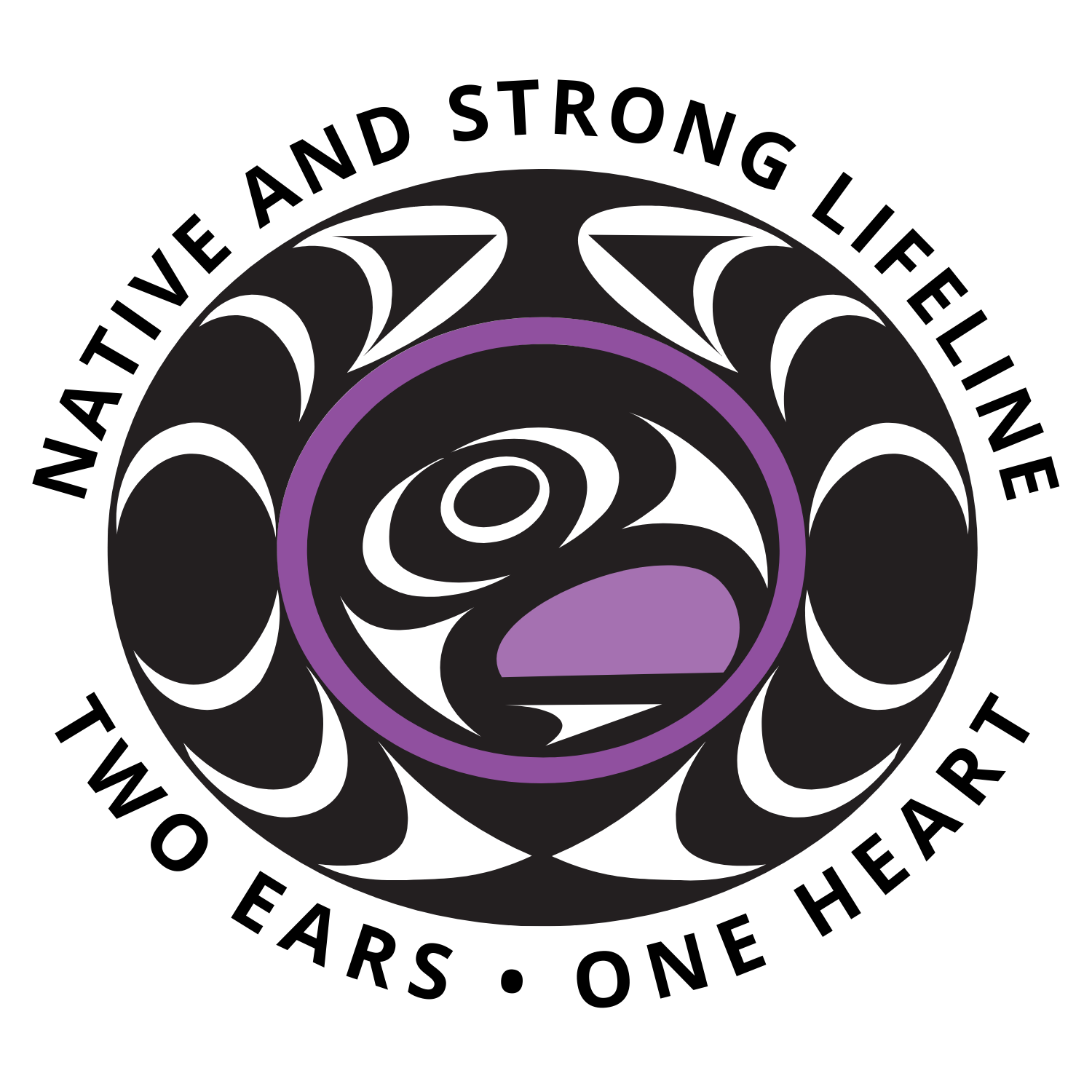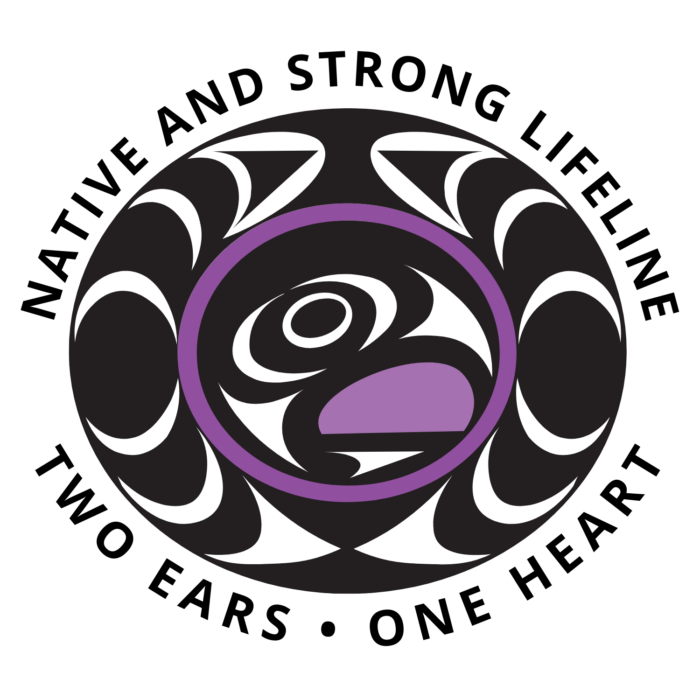One-Year Anniversary of Native and Strong


“Everyone’s reaching out to us like, How did this happen? How did you do this? What is the secret ingredient? This is the ingredient: if you are serving a community, hire them, consult with them first, and make sure they are there. That is it.” —Rochelle Williams, Tribal Operations Manager for VOAWW
The seemingly simple yet novel concept led to the Native and Strong Lifeline, and the difference is palpable.
This November marks the 33rd Annual Native American Heritage Month. It is also the first anniversary of the Native and Strong Lifeline. Native and Strong is the “Press 4” option for the Tribal Nations of the Washington State region. It launched in 2022 as part of our efforts to expand the reach and effectiveness of the 988 Suicide & Crisis Lifeline. Operated by the Volunteers of America of Western Washington, it is a line for Natives, run by Natives. After a calendar year of extraordinary work to better serve Tribal populations in crisis and countless prior in preparation, we spoke to the Native and Strong team as they reflected on a monumental year and looked toward the future of suicide prevention for Native and Indigenous People.
Suicide rates increase by 20% for the Native population, and they face higher substance abuse (CDC). While the VOAWW is currently the only administrator to the press #4 option, there are hopes of expanding these services outside the Washington region. State legislators and advocates are interested in programming led and informed by Native peoples and partners at Tribal Nations.
“This is something that has never been done before on this scale, and that’s nerve-wracking,” shares Rochelle Williams, Tribal Operations Manager for VOAWW. “It feels a little bit like it all kind of falls on our shoulders to get it right and to blaze a trail for other people to follow.”
While these plans are still in the beginning stages of forming and funding, the VOAWW Native and Strong Line exemplifies how this work can be done and done well—by putting “first peoples first”, meaning those Indigenous to the land are the primary decision-makers and for whom these structures and programs are built.
“The ‘First People First’ part is –I’m not gonna lie– it’s a little awkward to be in the spotlight!” says Mia Klick, NSLL Coordinator for the Lifeline. Klick’s laughter highlights the historical impact of this work, which addresses generations of violence and negligence by the U.S. government.
“That’s something that we’ve never been— in the spotlight. People haven’t been paying attention at all and people admit it.” A 2020 study shows that American Indian and Alaska Native Washington residents had a 34 percent higher suicide rate than the general population, demonstrating the significant need for stronger, specialized support. [WA DDH]
“But, we’re doing it,” Klick continues, “and we’re excited that people are starting to pay attention. And they like it. They want to fund it, and they want us to talk about it.”
The line’s hard-won successes include over 4,000 calls between November 2022 and October 31, 2023, exceeding their projections of 3,000 calls.
“It means the world to finally be put first,” says Klick.
Williams refers to counselors at Native and Strong as the heart and soul of the Lifeline. What is unique about these counselors, and perhaps what contributes to their success in their impact, is that many of them share the broad experiences of being Native or Indigenous in the United States. Some have families who were taken to residential schools; some have fond memories of communal meals; some are searching for connections after generations. There is a deep interconnectedness, despite varying Tribal affiliations, that all counselors share with callers and each other.
Klick shares just how vital these connections with counselors are:
“I just really want to highlight the counselors and their incredibly strong backbones. They are warriors for their communities— and warriors for other communities. It’s not just this one Tribal Nation. They show up, and we lock arms for every single person out there. And I’m proud of every single one of them. This is hard work, and they’ve all stuck around.”
Klick has led this historic team, including “different tribal members from different tribes and lands on the line.” Her approach to team building reaches across communities of care, utilizing standardized training as well as local practices for healing and wellbeing.
“We all have our culture,” Klick reminds us, “even if it’s not the same.”
Robert Coberly, a counselor for the Lifeline, shared how his own lived experience informs his work, saying it has “helped me come full circle with dealing with my trauma and everything I went through.” Coberly joined as a counselor on the Native and Strong lines to use his journey with mental health to support others. “I’ve done a lot of counseling and a lot of therapy, and it’s just full circle to be able to do this kind of work, to continue to make myself better, help myself better, and hopefully I help somebody else.”
Williams echoes this notion, sharing that she also taps into this kinship to drive her work in operating the program. “The interconnectedness that we have really is the preventative medicine, even in the resource hub. We’re finding what people are looking for: people looking for different therapies or programs or saying, ‘I haven’t been to a traditional event in a long time. Something’s missing.’ Or sometimes, they’ll say, ‘I haven’t talked to an elder. I haven’t participated in my language,’ or something like that. We all can identify with that—even if you are fluent in your language or you totally know your own culture. There are so many missing connections over time because of the shared history, the intergenerational trauma. All of these historical things that have happened, we all are aware that this has affected us in some way.”
To find out more about the Native and Strong Lifeline and learn how to get involved, visit: voaww.org/tribalservices
Comments are closed here.